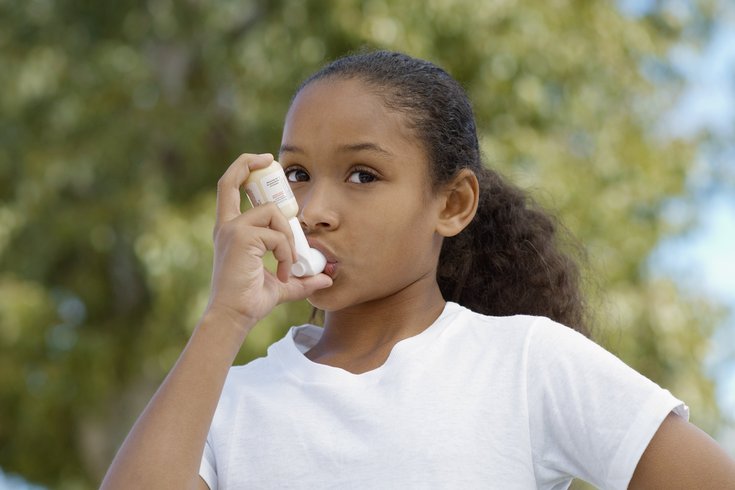
January 02, 2025
 Source/Image licensed from Ingram Image
Source/Image licensed from Ingram Image
A powerful new class of drugs are able to target immune cells that cause one type of asthma, but for other subgroups, no such medication exists. A new nasal swab test developed at the University of Pittsburgh can now differentiate between different subtypes of the disease and may drive further research for new treatments.
Diagnosing precisely what type of asthma a child has and fine-tuning the treatment for it involves an invasive procedure under general anesthesia. For children with mild asthma, it's just not worth the risks involved – or even ethical – to put them through the procedure, according to clinicians in the field.
That is why a new nasal swab test that can identify a child's subtype of asthma may transform the way the disease is treated, according to the University of Pittsburgh researchers who developed it.
"Because asthma is a highly variable disease with different endotypes, which are driven by different immune cells and respond differently to treatments, the first step toward better therapies is accurate diagnosis of endotype," said Dr. Juan Celedón, chief of pulmonary medicine at UPMC Children's Hospital of Pittsburgh.
Asthma is the most common chronic childhood disease, affecting approximately 1 in 10 children, according to the National Institutes of Health. The disease, which has no cure, causes airways to constrict and sometimes produces excess mucus. It is generally classified as T-2 high, T-17 high and low low, based on cells that cause inflammation.
Celedón and his team collected nasal samples across three studies from 459 Puerto Rican and Black children, who have higher rates of asthma and are more likely to die from it than white children due to social inequities caused by structural racism, according to the Asthma and Allergy Foundation of America.
The study, published Thursday in JAMA, found that 23% to 29% of the children had the T2-high subgroup, 35% to 47% had T17-high and 30% to 38% had low-low.
A potent type of new drugs called biologics target the immune cells that drive T2-high asthma, but no such medication exists for the other subgroups of the disease. The nasal swab test may now spur other areas of asthma research, Celedón said.
"One of the million-dollar questions in asthma is why some kids get worse as they enter puberty, some stay the same and others get better," Celedón said. "Before puberty, asthma is more common in boys, but the incidence of asthma goes up in females in adulthood. Is this related to endotype? Does endotype change over time or in response to treatments? We don't know. But now that we can easily measure endotype, we can start to answer these questions."